Tied and Trapped in Tradition
Tied and Trapped in Tradition
Making the word of God of none effect through your tradition, which ye have delivered: and many such like things do ye.
Mark 7:13
Recently, several of us from our church (CBF) visited an icon painting workshop in Megalo Kefalovryso, a populous place in Thessaly, Greece. At the workshop, we witnessed and were introduced to the ancient traditions behind the sacred images used in the Orthodox Byzantine tradition. I concede that my familiarity with the Orthodox Byzantine tradition was limited, so the experience at the workshop was enlightening and useful. And I believe that some additional information with respect to the Orthodox Byzantine tradition will be beneficial to this week’s blog.
An icon painting is a religious artwork that is largely found in Eastern Orthodox, Oriental Orthodox, and Catholic traditions. These paintings characteristically portray sacred figures such as Jesus, Mary, saints, and angels. Icon paintings are traditionally created on wooden panels using egg tempera, though they can also be crafted with metal, stone, cloth, mosaic, or fresco techniques.
The process of painting an icon consistently charts itself to strict artistic and theological guidelines. We were also introduced to and invited to observe an artist crafting his iconic work on a canvas. The artist is known as an iconographer. Furthermore, we were informed that the iconographer does not create from an individual's imagination but instead studies traditional depictions of the subject.
The painting begins with a gessoed wooden board, onto which the design is sketched and carved. Gold leaf is often applied for halos or backgrounds, symbolizing the divine realm. The colors are coated carefully, beginning with darker tones and gradually adding lighter shades to create a luminous effect.
But with all due respect, what made me uncomfortable and spiritually concerned was the principle that iconic paintings are not just decorative—they also serve as objects of veneration and spiritual reflection. They are believed to be windows into the divine, helping worshippers connect with the sacred figures they represent.
Biblically, I view this as very problematic and a serious trespass to sound doctrine. In addition, the veneration or worship of sacred figures will walk a person in promoting idolatry.
The Word incarnates (The Lord Jesus), and the Word of God emphatically encourages that veneration and worship is absolutely reserved for God.
Exodus 34:14
For thou shalt worship no other god: for the LORD, whose name is Jealous, is a jealous God.
Isaiah 42:8
I am the LORD: that is my name: and my glory will I not give to another, neither my praise to graven images.
Matthew 4:10
Then saith Jesus unto him, Get thee hence, Satan: for it is written, Thou shalt worship the Lord thy God, and him only shalt thou serve.
I invite your consideration next time as we continue to examine the trap of traditions that take us away from truth.
Not a sermon, just some thoughts
FtGG
